Living in the scorching heat and endless stretches of desert might seem impossible for most creatures, but Texas horned lizards have cracked the survival code in ways that would make even the most advanced military technology envious. These tough little reptiles don’t just survive in harsh conditions – they’ve evolved into masters of disguise, using scientifically proven camouflage techniques that have kept them alive for millions of years. What’s really fascinating is how researchers are now discovering just how sophisticated their survival strategies truly are.
The Science Behind Their Color-Matching Superpowers

For further camouflage, local populations tend to resemble the color of their area’s soil. Populations in areas of sandy soil may have a yellowish tint while populations in other areas may have a reddish or dark brown tint. This isn’t just random coloration – it’s adaptive evolution in action. Depending upon the geographic region, Texas horned lizards will have coloration that resembles the color of the ground. Their coloration ranges from the yellow or reddish-brown sands of a desert or playa, to the tan or brown grass of a prairie.
What makes this even more remarkable is that the colorations of both dark and light lizards facilitated the camouflage and thermoregulation in their respective microhabitat simultaneously. Scientists have discovered that this dual-purpose adaptation allows them to blend in perfectly while also managing their body temperature. It’s like having built-in air conditioning and invisibility cloak rolled into one.
Their Body Shape Acts as the Perfect Shadow Eliminator
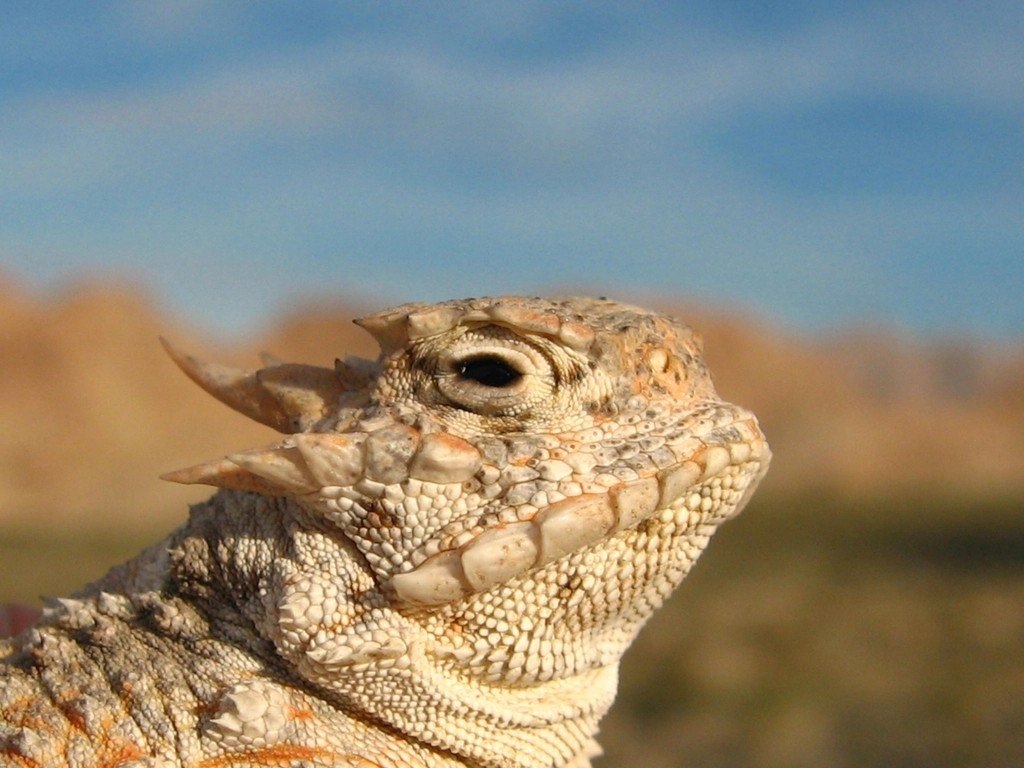
The body shape is also an adaptation to avoid the attention of would-be predators. When lying against the soil, the flattened body casts only a slight shadow, and the spines on the back and sides help break up the body’s outline. This flattened pancake-like design isn’t just for looks – it’s engineered for survival.
Think of it like this: if you wanted to hide a coin on a table, you’d lay it flat rather than stand it on edge. A motionless horned lizard is difficult to see against bare soil. The spines work like nature’s own ghillie suit, breaking up their outline so predators can’t easily spot where the lizard ends and the ground begins.
How Their Freezing Behavior Maximizes Camouflage Effectiveness
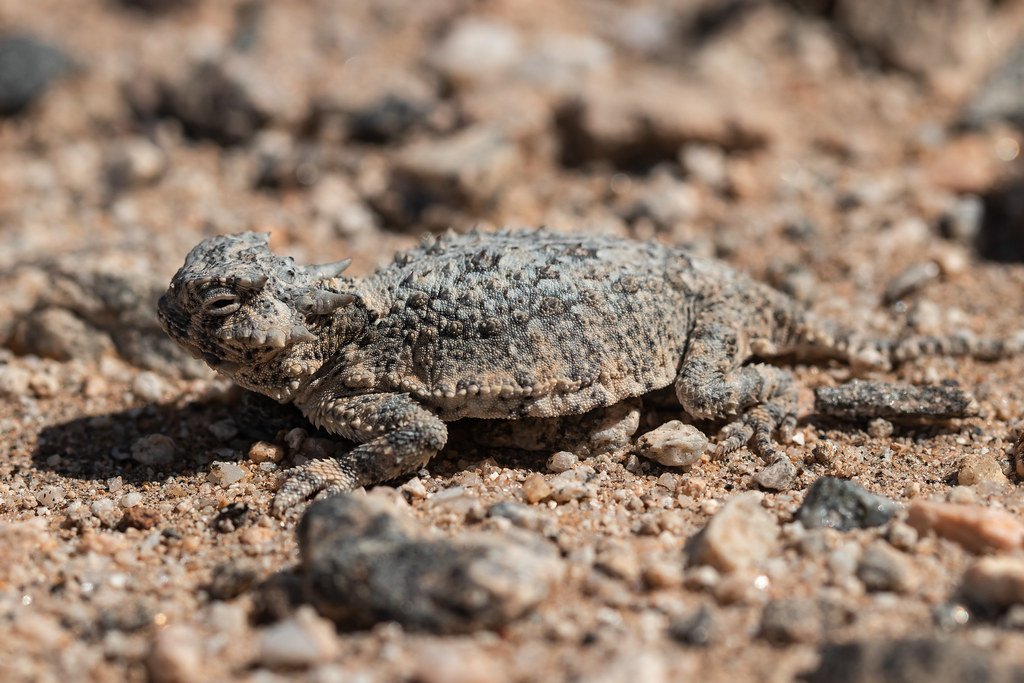
When threatened, their first defense is to remain motionless to avoid detection. This might seem simple, but it’s actually a calculated strategy. Slow and relatively docile, horned lizards rely on camouflage to keep out of trouble.
They rely on their cryptic coloration, their ability to burrow under the soil, their quick sprinting and freezing-motionless behavior, and their unusual habit of squirting blood to avoid and escape predators. The freezing behavior works so well because movement catches predator attention faster than anything else. By staying perfectly still, they become virtually invisible against their matching backgrounds.
Research Reveals How They Choose the Perfect Hiding Spots
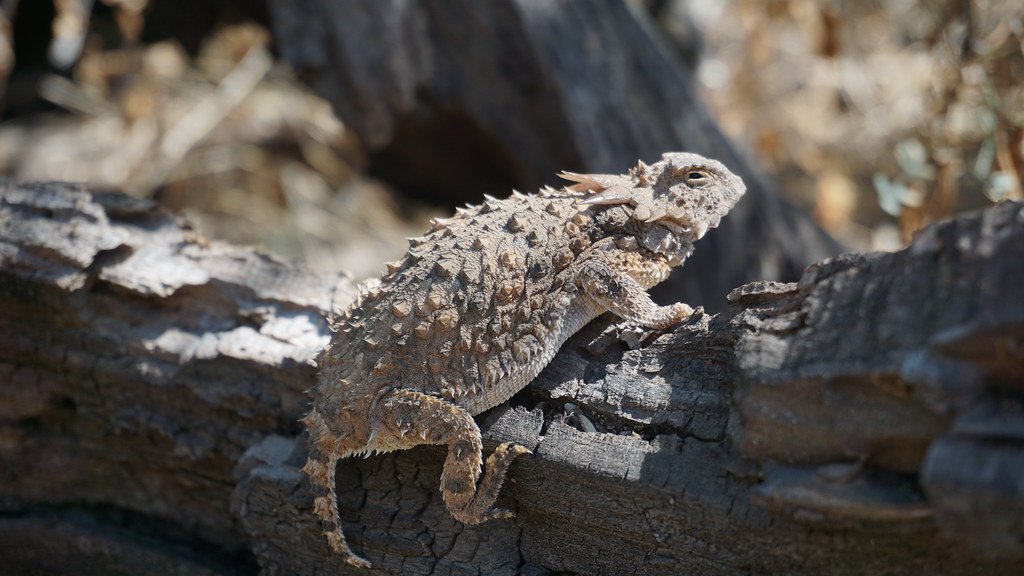
Recent scientific studies have uncovered something incredible about these lizards’ survival intelligence. Latency to detection was longer and probability of no detection within 60 s was higher for lizards on rock background than on bare sand. In arenas where lizards could choose to occupy rock or bare sand, much higher proportions selected rocky backgrounds throughout the day.
Similar research on related species shows that wild Aegean wall lizards found on Greek islands choose to sit on rocks that better match their individual colouring. New research shows wild Aegean wall lizards found on Greek islands choose to sit on rocks that better match their individual colouring. This suggests these lizards actually know what they look like and actively choose backgrounds that enhance their camouflage.
The Genetic Engineering Behind Their Color Variations
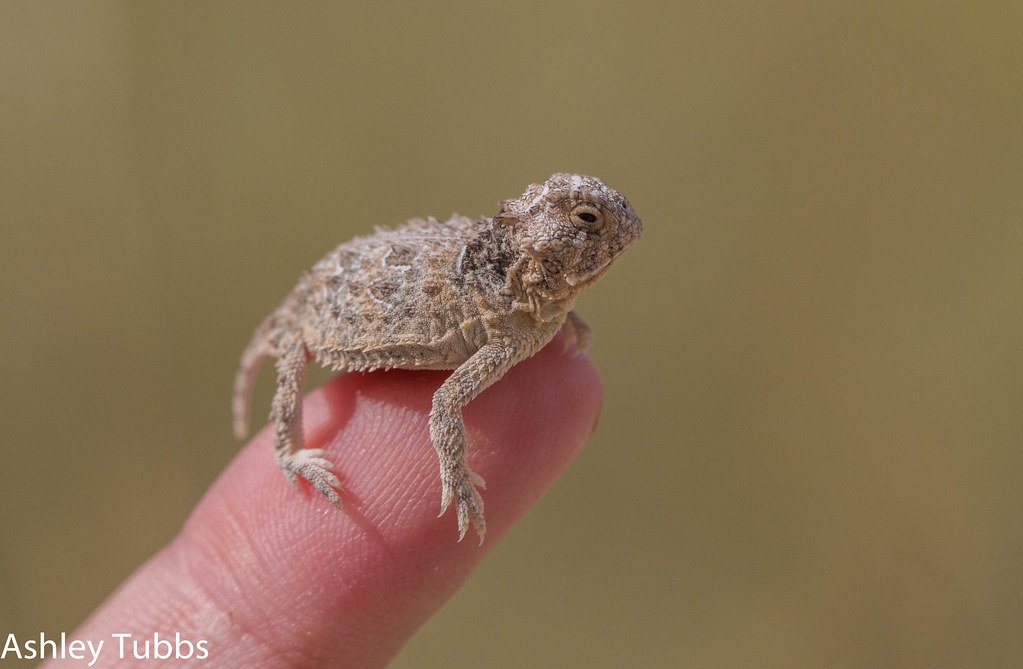
Scientists have discovered the actual genetic mechanisms controlling their color adaptations. By genome resequencing analysis, we detected a novel mutation in Tyrp1 that underpinned this color adaptation. Therefore, our study demonstrates that a novel mutation of a major melanin-generating gene underpins skin color variation co-selected by camouflage and thermoregulation in a lizard. The resulting strong selection may reinforce adaptive genetic divergence and enable the persistence of adjacent populations with distinct body coloration.
This genetic control means their camouflage isn’t just lucky accident – it’s precisely engineered at the DNA level. The mutations that produce better camouflage get passed down because those lizards survive and reproduce more successfully.
Multi-Purpose Camouflage That Also Regulates Temperature
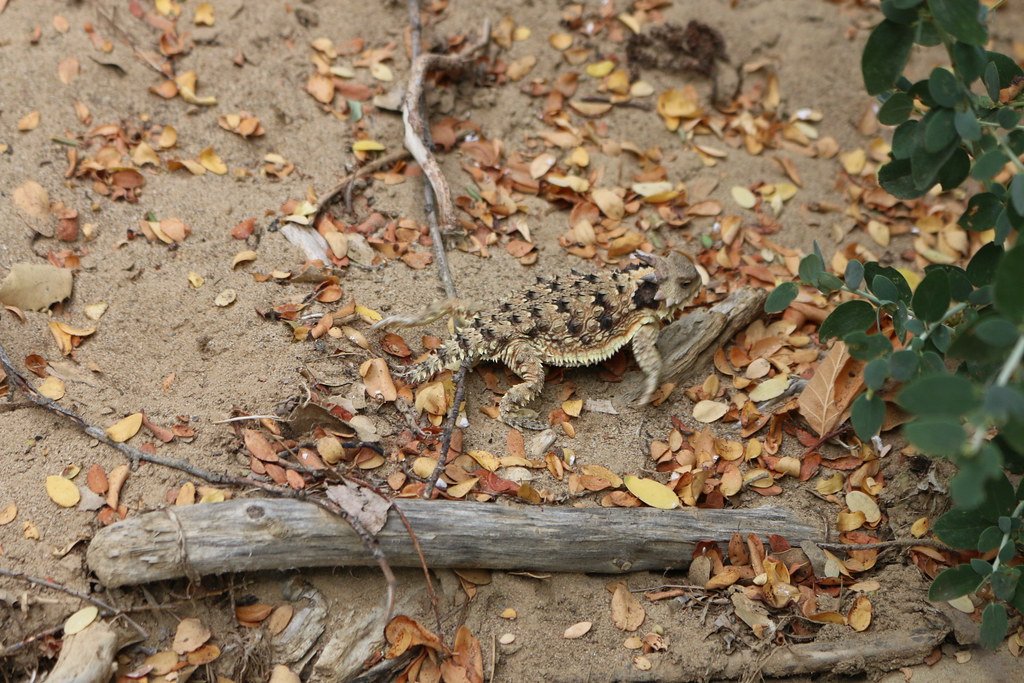
Their temperature-sensitive skin helps regulate body heat in extreme desert conditions, allowing precise thermoregulation through strategic basking. What’s brilliant about their camouflage is that it doesn’t just hide them – it also helps them manage their body temperature in desert extremes.
Additionally, the colorations of both dark and light lizards facilitated the camouflage and thermoregulation in their respective microhabitat simultaneously. Dark colors absorb more heat in cooler environments, while lighter colors reflect heat in hotter areas. It’s like having a smart thermostat built into their skin.
How Their Specialized Scales Create Water-Collecting Highways
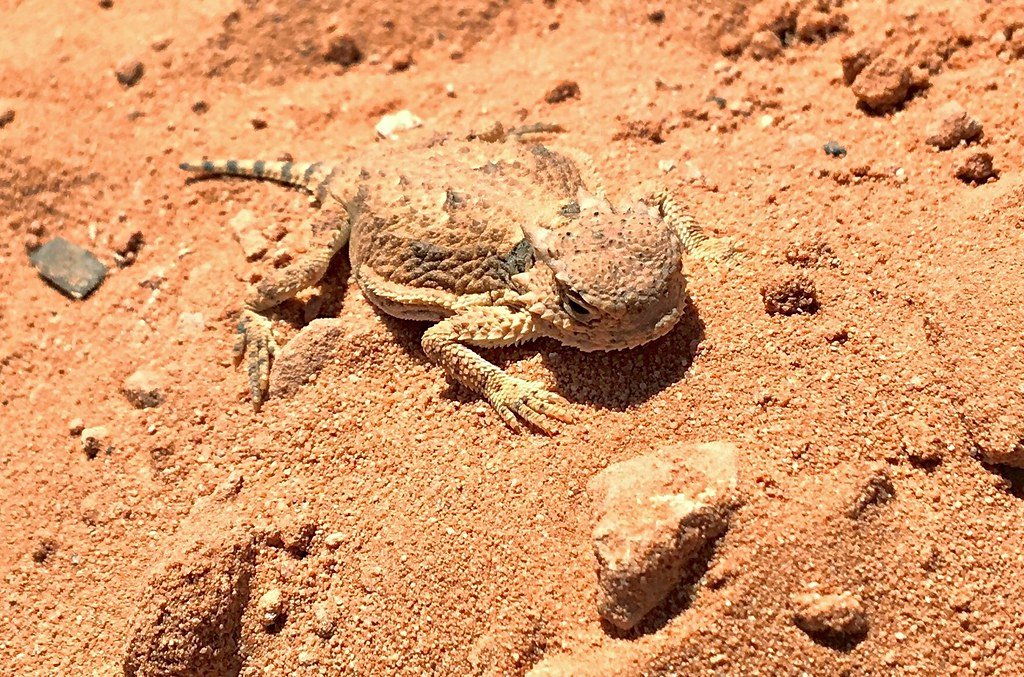
Beyond camouflage, their scales serve another incredible function. Due to living in grasslands and deserts with little water, the lizards exhibit specialized skin adaptations that allow them to access water from sources such as moist sand and dew. The rough scales of the horned lizard are capable of collecting water and transporting it directionally through a capillary system between the scales.
Special skin adaptations enable them to access water sources such as moist sand and dew: their skin is capable of collecting and transporting water directionally by means of a capillary system between the scales. requires no external energy, and directs water preferentially towards the lizard’s snout. This means their camouflage-creating scales also function as a sophisticated water collection system.
Scientific Tests Prove Their Camouflage Actually Works
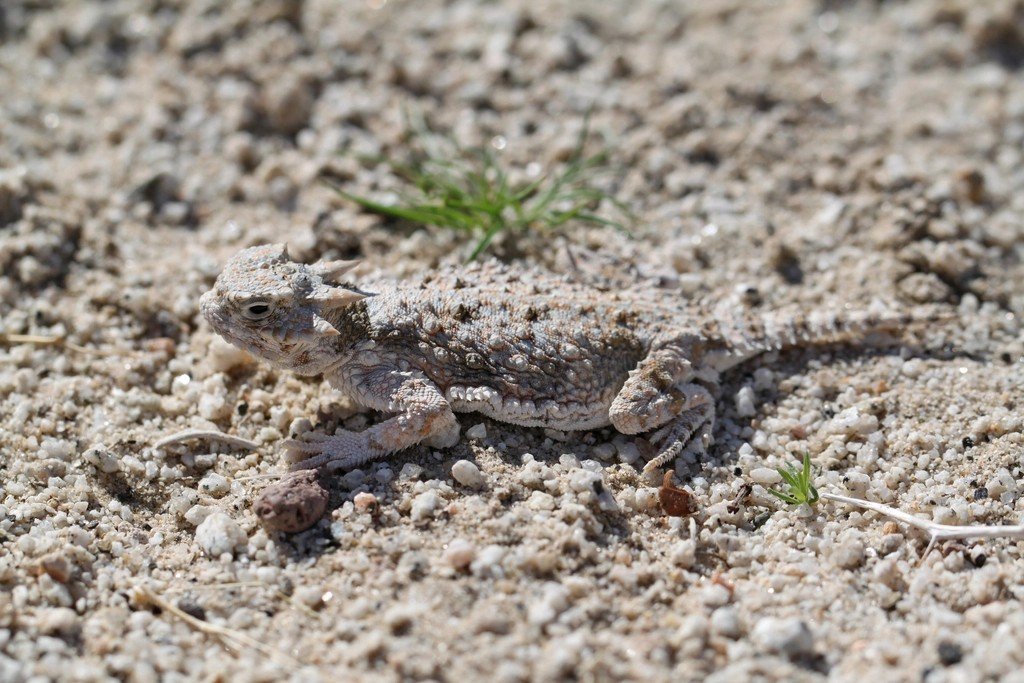
Researchers have conducted controlled experiments to measure camouflage effectiveness. We observed significantly more predation attempts on the models than on controls and significantly fewer attempts in town (n = 1) compared with the ranch (n = 60). On the ranch, avian predation attempts appear to be common especially when the models did not match the color of the soil.
These studies used foam models that looked like Texas horned lizards and placed them in different environments. Latency to detection was longer and probability of no detection within 60 s was higher for lizards on rock background than on bare sand. The results clearly showed that better color matching means better survival rates.
Conclusion
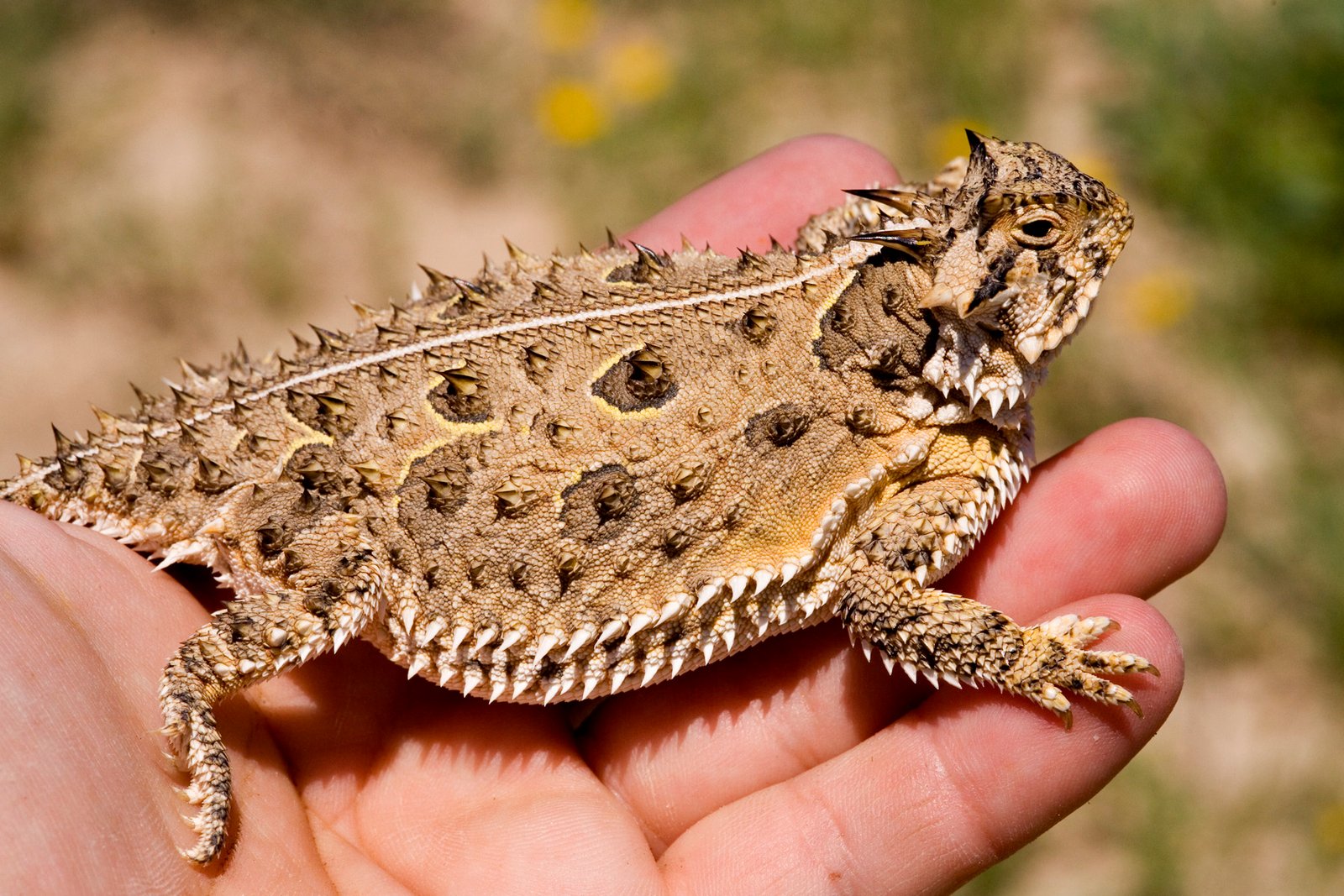
Texas horned lizards represent one of nature’s most sophisticated camouflage success stories, combining genetic precision, behavioral intelligence, and physical adaptations that scientists are still studying and learning from. Their ability to match local soil colors, eliminate shadows with their flattened bodies, choose optimal hiding spots, and even collect water through their specialized scales shows just how remarkably these creatures have adapted to survive in some of Earth’s harshest environments.
As researchers continue uncovering the genetic and behavioral mechanisms behind their survival strategies, we’re gaining valuable insights that could inspire everything from military camouflage technology to water collection systems for arid regions. The next time you think about survival in extreme conditions, remember these little desert dragons who’ve been perfecting the art of invisibility for millions of years. What other secrets might they be hiding right under our noses, perfectly camouflaged against the desert floor?

Jan loves Wildlife and Animals and is one of the founders of Animals Around The Globe. He holds an MSc in Finance & Economics and is a passionate PADI Open Water Diver. His favorite animals are Mountain Gorillas, Tigers, and Great White Sharks. He lived in South Africa, Germany, the USA, Ireland, Italy, China, and Australia. Before AATG, Jan worked for Google, Axel Springer, BMW and others.




